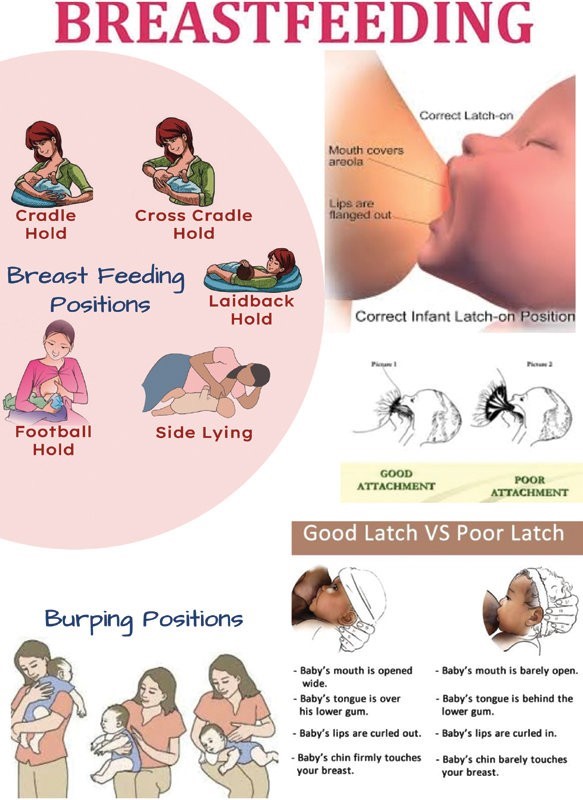A nurse is caring for a client who has heart failure and reports difficulty with limiting sodium in their diet. Which of the following recommendations should the nurse provide?
Consume more prepared frozen dinners to minimize cooking with salt.
Add salt when preparing a meal instead of at the table.
Use imitation crab and lobster products for salads at home.
Replace bottled salad dressing with homemade vinegar and oil dressing.
The Correct Answer is D
A client with heart failure should limit their sodium intake. Bottled salad dressings can be high in sodium, so replacing them with homemade vinegar and oil dressing can help reduce sodium intake.
The other options are not recommended for a client with heart failure who needs to limit their sodium intake.
a) Prepared frozen dinners are often high in sodium.
b) Adding salt when preparing a meal would increase sodium intake.
c) Imitation crab and lobster products (option can also be high in sodium.
Nursing Test Bank
Naxlex Comprehensive Predictor Exams
Related Questions
Correct Answer is D
Explanation
When a mother states that she should have her baby latch on to both the nipple and areola during breastfeeding, it demonstrates an understanding of the correct latch technique. A proper latch involves the baby taking in not just the nipple but also a portion of the surrounding areola. This ensures effective milk transfer and helps prevent nipple soreness or damage.

"My baby should breastfeed 5 to 10 minutes on each breast": This statement is not entirely accurate. It is important to understand that breastfeeding duration can vary among infants, and there is no fixed timeframe for how long a baby should breastfeed on each breast. Some infants
may nurse for shorter periods, while others may take longer. The focus should be on ensuring that the baby is effectively nursing and getting enough milk rather than adhering strictly to a specific time limit.
"I should keep my baby on a strict feeding schedule": This statement is incorrect. Breastfeeding on demand, also known as responsive feeding, is generally recommended for newborns.
Newborns should be fed whenever they show signs of hunger, such as rooting, sucking motions, or increased alertness. Strict feeding schedules can interfere with the baby's natural feeding cues and hinder milk supply establishment.
"I should not wake my baby during the night to breastfeed": This statement is not accurate, especially for a 5-day-old newborn. Newborns typically need frequent feeding, including during the night, to meet their nutritional needs and support proper growth and development. It is generally recommended to wake a sleeping newborn every 2-3 hours during the night to ensure adequate feeding and prevent excessive weight loss.
Correct Answer is B
Explanation
b. "You feel upset by the responses of others."
The appropriate response by the nurse is to acknowledge and validate the client's feelings. Option b, "You feel upset by the responses of others," demonstrates empathy and reflects back the client's feelings, indicating that the nurse understands and acknowledges the client's distress.
Explanation for the other options:
a. "I think you should just ignore the others." This response dismisses the client's concerns and does not address the underlying issue of the client feeling hurt by the interactions with others. It is important for the nurse to address the client's feelings and provide support.
c. "Let's keep the focus of our discussion on your needs." While it is important to address the client's needs, it is also necessary to address the client's concerns and feelings related to the interactions with other clients. Ignoring or dismissing the client's concerns can further isolate the client and hinder their progress in the therapeutic environment.
d. "Everything will get beter once you get to know everyone." This response minimizes the client's feelings and does not provide immediate support or address the client's concerns. It is essential for the nurse to validate the client's emotions and explore strategies to address the issue of others making fun of the client.
In summary, the nurse should choose a response that acknowledges the client's feelings and demonstrates empathy. Validating the client's experience can help establish trust and provide a foundation for further therapeutic interventions.
Whether you are a student looking to ace your exams or a practicing nurse seeking to enhance your expertise , our nursing education contents will empower you with the confidence and competence to make a difference in the lives of patients and become a respected leader in the healthcare field.
Visit Naxlex, invest in your future and unlock endless possibilities with our unparalleled nursing education contents today
Report Wrong Answer on the Current Question
Do you disagree with the answer? If yes, what is your expected answer? Explain.
Kindly be descriptive with the issue you are facing.
